Drei shows a two artist presentation of work by Düsseldorf based, German-Korean artist Mira Mann (b. 1993, Frankfurt, Germany) and Berlin based, Austrian painter Matthias Noggler (b. 1990, Innsbruck, Austria).
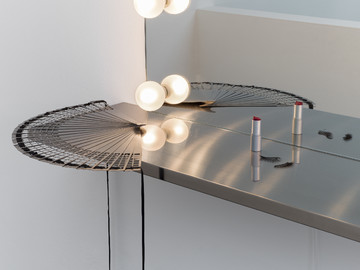
Mira Mann’s practice includes time based and site specific modes of working, moving image, and cross-media settings in which Mann explores fictional spaces and storytelling as a medium for visualizing social structures, collective memory, and new narratives within the play of identities. Their discursive scenographies evolve around transcultural relations of human and non-human agents and the glitches they generate between experience and memory, reality and fiction.
In each of Mann’s works, there is the suggestion that the artist’s practice as a performer is always present in how an object is staged or the action of a video is captured. As Mann’s work demonstrates—for instance in the mirror work 바리데기-D [paridaegi-D] (2023)—there is a theatricality in the viewing of contemporary art that places the viewer in an active role, as a participant, as an actor. While this “theatricality” was something famously levelled against Western minimal art by the American critic Michael Fried, who saw it as a debasement of modernism’s claim on the autonomy of the artwork—something apart from the world, self-contained, medium specific, without moral or political purpose—subsequent practices of performance art, conceptualism, and installation have made theatricality a strength in challenging such conservative assumptions. While this modernist vision of artistic practice relied on a philosophical grounding in the Western tradition that assumed a split between subject and object, from the perspective of Eastern and Western traditional arts alike, such a distinction is not naturally assumed nor sustained by medium specificity. Rather, an art such as pansori, which has both a moral purpose and is the result of various art forms working in unison, is more equivalent to strategies in contemporary art than it might first appear.
—
Image:
Mira Mann, lotussy II, 2022 (detail)
Make up mirror, aluminum rack, various objects, stool
84 × 127 × 28 cm / 33 ⅛ × 50 × 11 in
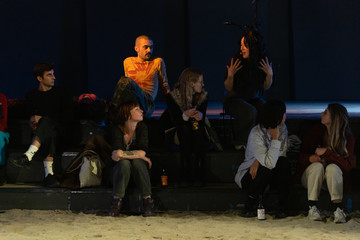
Mira Mann (*1993, Frankfurt am Main) lives and works in Düsseldorf. They graduated from Kunstakademie Düsseldorf in 2021. Performances and works have been shown at Kunstverein für die Rheinlande, Düsseldorf (2023, 2022); N/A, Seoul (2023); de Appel, Amsterdam; Brücke Museum, Berlin; Drei, Cologne; Kunstverein Bielefeld; Galerie Max Mayer, Düsseldorf (all 2022); Rosa Stern, Munich; KIT Kunst im Tunnel; Lantz’scher Skulpturenpark, (both Düsseldorf); PiK Deutz, Cologne; Urbane Künste Ruhr & Dortmunder Kunstverein, Dortmund (all 2021); Simultanhalle, Cologne (2020); Kunsthalle Osnabrück (2019), among others. Mann co-edits the biannual newspaper Wormhole in collaboration with Anna R. Winder and Thomas Arthur Spallek.
—
Image:
Mira Mann, let me tell you en detail (songs of the underwater palace), in collaboration with Sol-I So, de Appel, Amsterdam, 2022
Photo: Maarten Nauw
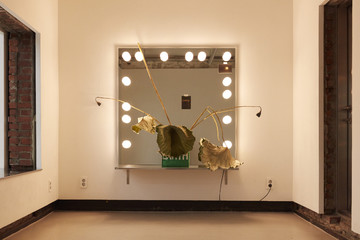
Mira Mann, 바리데기-D, 2023
Mirror, lights, glass, aluminiumboard, dried lotus leaves and sead pots, shopping bag, inkhet photographs, tape
135 × 135 × 30 cm / 53 ⅛ × 53 ⅛ × 11 ¾ in
Installation view: Mira Mann, four disobediences, N/A, Seoul, 2023
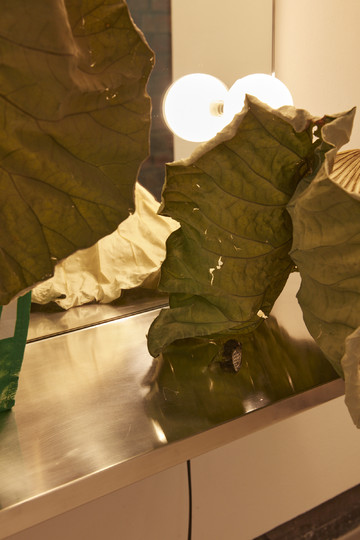
Mira Mann, 바리데기-D, 2023 (detail)
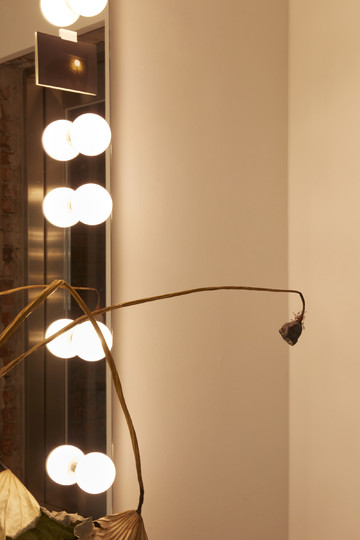
Mira Mann, 바리데기-D, 2023 (detail)
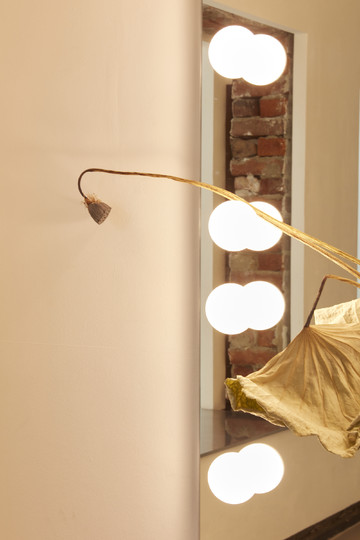
Mira Mann, 바리데기-D, 2023 (detail)
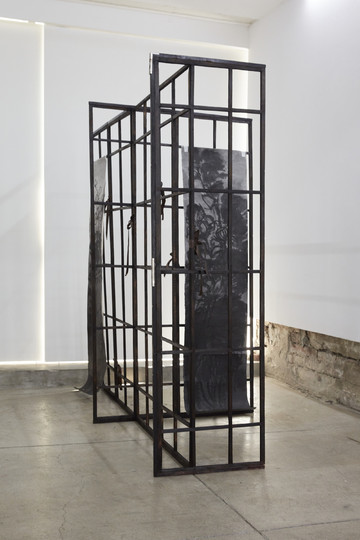
Mira Mann, 간다, 백두산, 2023
Ink on hanji paper, tape, burnt paravent scaffolding, synthetic silk, trash-bag
Two parts, 1/2: 140 × 160 × 80 cm / 55 ⅛ × 63 × 31 ½ in
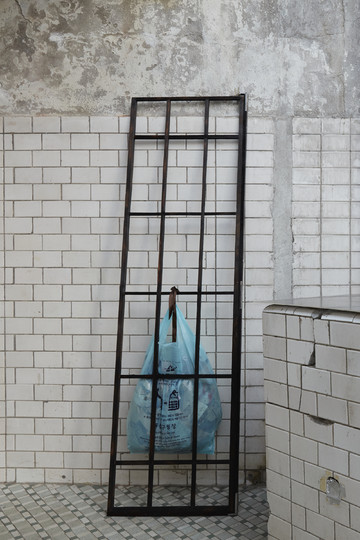
Mira Mann, 간다, 백두산, 2023
Ink on hanji paper, tape, burnt paravent scaffolding, synthetic silk, trash-bag
Two parts, 2/2: Various dimensions
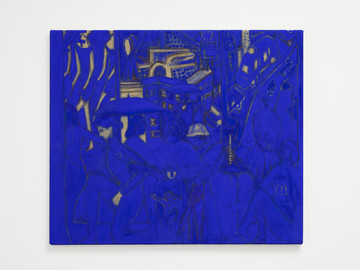
Matthias Noggler’s artistic practice reflects the cultural-historical functions and ideological content of images by means of various painterly styles and techniques. These references range from traditional Folk Art to classical Renaissance compositions as well as contemporary digital media and documentary photography. His paintings seamlessly unite these disparate sources, questioning the connections between image and social space (as well as their shaping through gender and class hierarchies) and, not least, addressing the socio-culturally conditioned politics of vision itself.
Noggler’s latest body of works question the act of seeing. His figures are frontal, yet they are painted in a velvety blue color—as if by night itself, rendering their forms barely intelligible. They stand in formations, on provisional stages, arms linked—either confronting the viewer or turning their backs to them. They appear trapped within the frames, blurring into their surroundings, their bodies contorted to fit and pose. However, their stiffness and resoluteness have an activating quality, as if calling out the status quo of passive viewing. Noggler’s work has long been characterized by the appropriation of various historical references and painterly styles. In ‘Iterations’, the canvases are loaded with the knowledge about the failed potential of modernist political painting. In that fashion, Noggler’s figures demand attention and action, however, due to their reduced visibility, those very acts are hindered. The resulting works are abstracted images, which no longer hold hope for grand actions, but attempt to hold the viewer in an unresolved tension of perceiving.
—
Image:
Matthias Noggler, Cityscape, 2023
Gouache on canvas
55 × 65 cm / 21 ⅝ × 25 ⅝ in

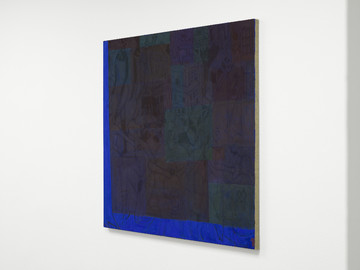
Matthias Noggler, Cityscape (Tree), 2023
Gouache on canvas
110 × 120 cm / 43 ¼ × 47 ¼ in
In order to draw or paint human bodies as realistic as possible, a simple guideline is to avoid symmetry. Two equally wide sides to a face, two body parts with parallel lines–that is all it takes to strip the model of their physical idiosyncrasies. The reason is that actual bodies rarely exist in such tensed and geometrical postures—they move and bend, gesture and distort in perspective. Therefore, it appears that symmetrical bodies aren’t based in material reality, but in a generalized idea of the human shape. One could claim that life permeates in the deviation of symmetry. However, symmetrical bodies are not necessarily failed representations of subjectivity, but attempts of abstraction. When bodies are depicted emptied of their physical and psychological individuality, what remains are archetypical figures, and human beings as building blocks of society.
In her essay Seurat’s La Grande Jatte: An Anti-Utopian Allegory, Linda Nochlin claims that George Seurat’s Sunday on the Island of La Grande Jatte (1884–1886) is an anti-utopian painting, much unlike its post-impressionistic zeitgeist engaged in anarchist theories and social utopian ideas. This is due to the fact that Seurat’s figures are stiff, schematic and lifeless, and yet dressed in contemporary fashion indicating social hierarchies, which is placing them precisely into their time. In their rigidity and mutual mimicries, Seurat’s figures offer no illusion, solace or redemption. La Grande Jatte is cold and political: it is depicting the petit bourgeois ennui on a leisurely day in early capitalism, as opposed to an atemporal mythological tale, or the plight of a singular person. The non-individual human figure has no choice but to be a signifier in a larger network of social politics.
Abstracted bodies were able to speak about generalized societies. Abstracted paintings are more akin to mirrors than to windows. In his series White Paintings, Robert Rauschenberg created white canvases painted with wall paint, devoid of any personal stroke. The total reduction of image was however not immune to dust, or the external changes of light, which effectively became the content of the works. However, to see those, the viewer had to slow down and observe. Solely visually speaking, every monochrome wants us to stare into nothing, which is always a bit like staring backwards into our skulls.
— Julija Zaharijević
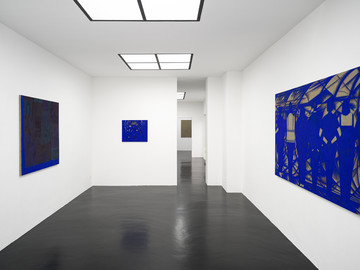
Matthias Noggler, Iterations, Drei, Cologne, 2023
Photo: Cedric Mussano
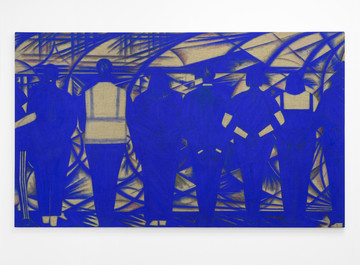
Matthias Noggler, Formation (back view), 2023
Gouache on canvas
120 × 200 cm / 47 ¼ × 78 ¾ in
Matthias Noggler (b. 1990, Innsbruck, Austria) lives and works in Berlin. He graduated in 2016 from the class of Julian Göthe at the Academy of Fine Arts, Vienna. Recent exhibitions and contributions took place at Layr, Vienna (2022, 2021 solo); Ferdinandeum, Innsbruck; Wunder-Bar, Vienna; Universitätsgalerie im Heiligenkreuzerhof, University of Applied Arts, Vienna (all 2022); Belvedere 21, Vienna (2021); Callirrhoë, Athens (2020), a.o. His works are included in the public collections of the Republic of Austria; City of Innsbruck; County of Tirol; Klocker Foundation, Tirol; Lentos Kunstmuseum, Linz; Landesgalerie, Linz; Wien Museum, Vienna; Print Room at the Academy of Fine Arts, Vienna; Belvedere 21, Vienna, a.o.

